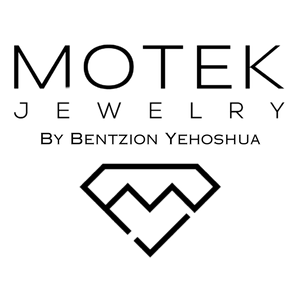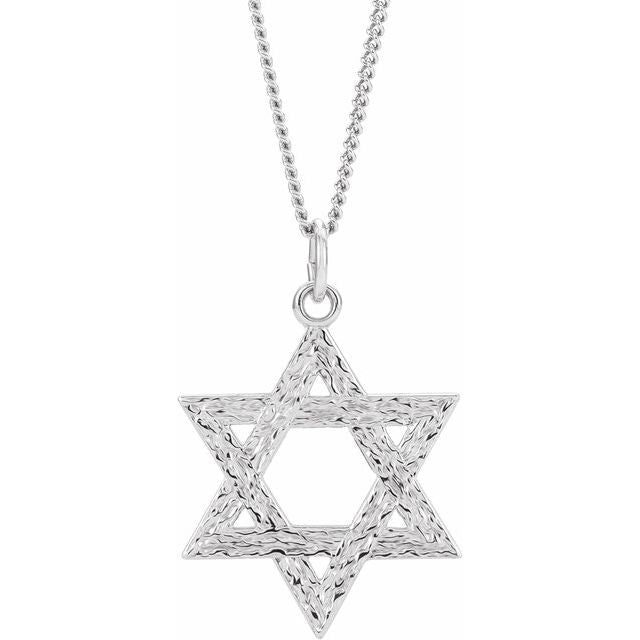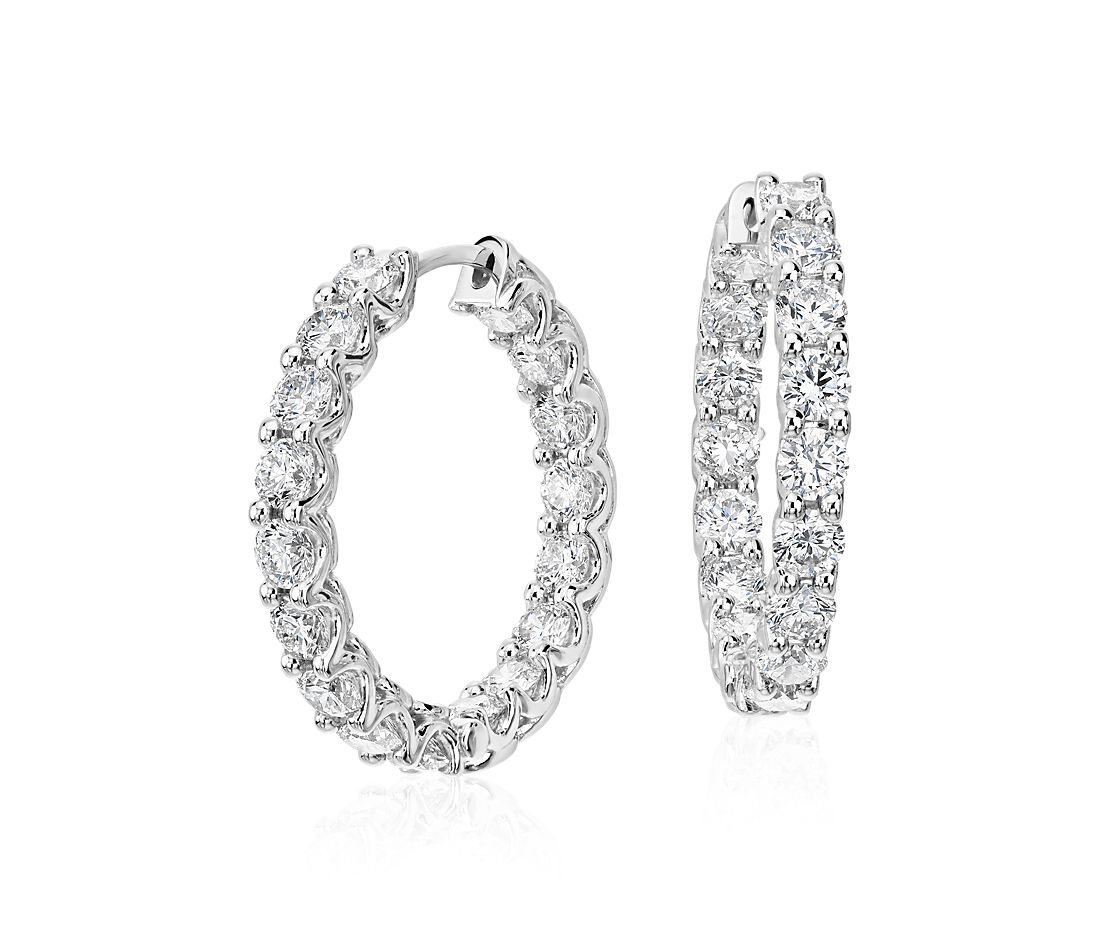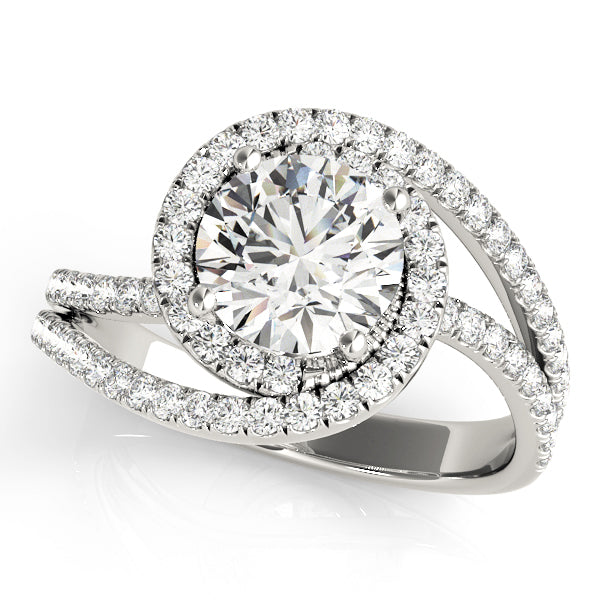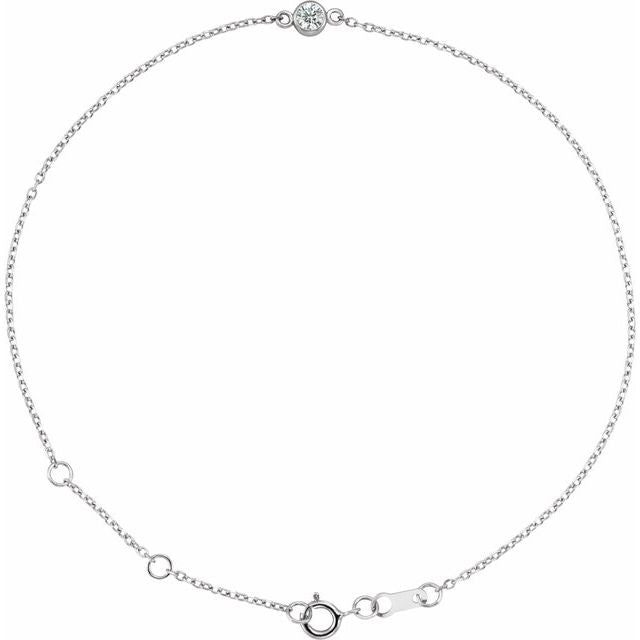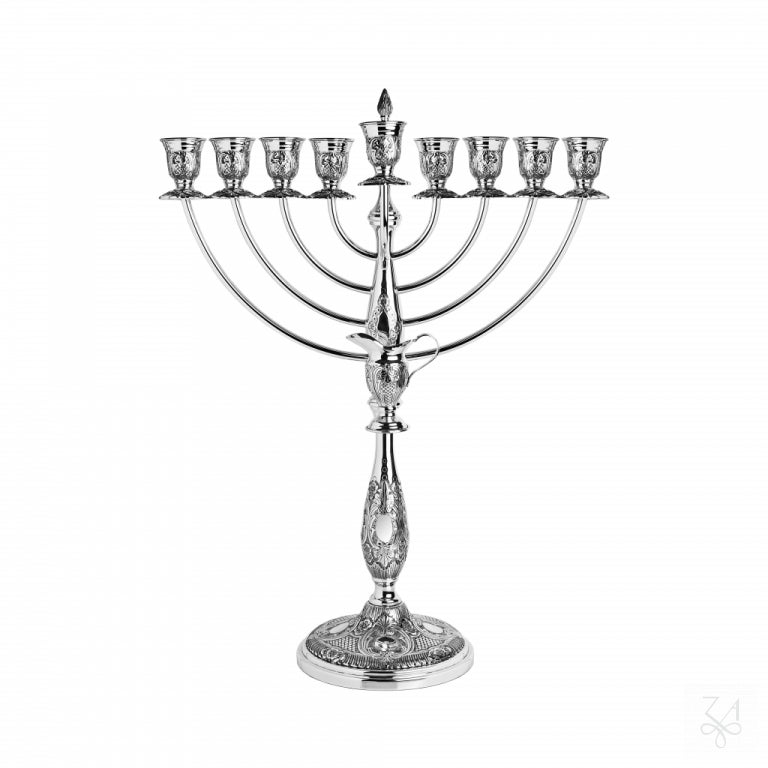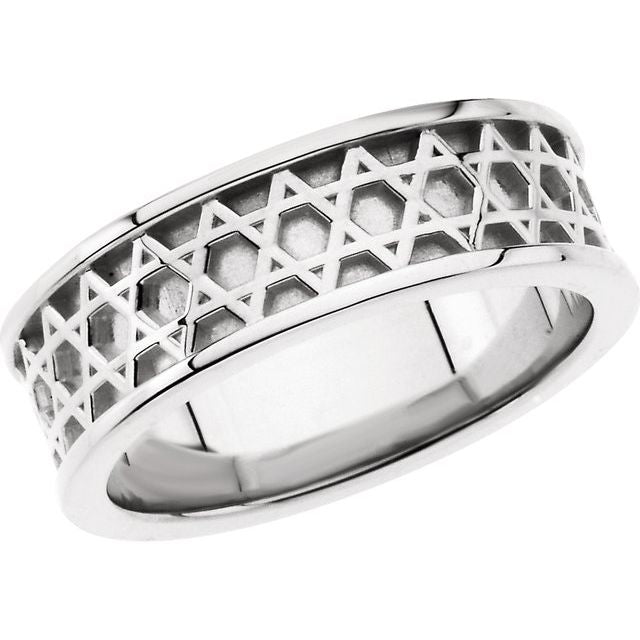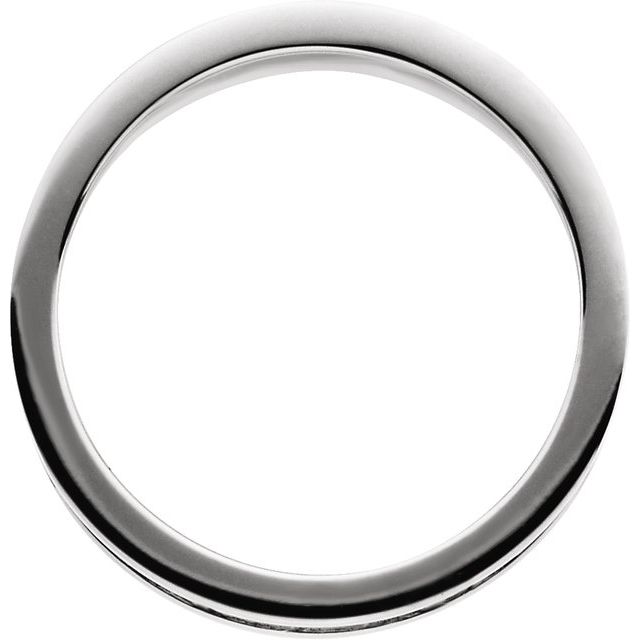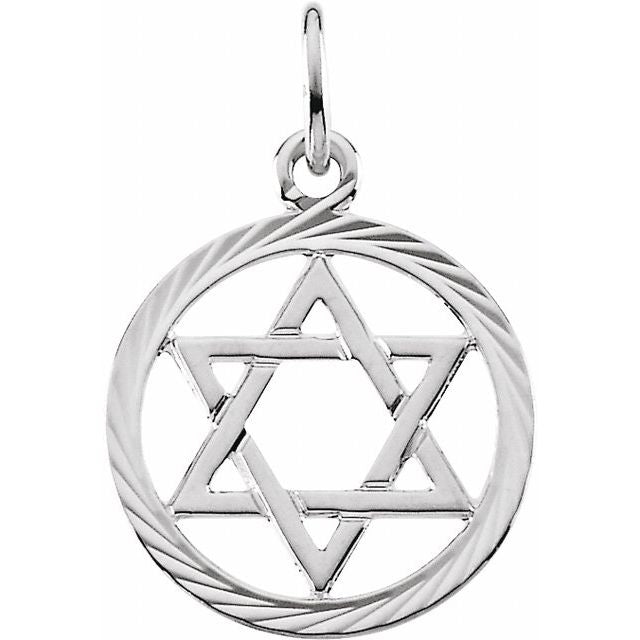
There's something deeply personal about jewelry. Whether it's a family heirloom passed down through generations, an engagement ring symbolizing eternal love, or a simple bracelet purchased during a memorable vacation, jewelry often carries emotional significance far beyond its monetary value. So when that cherished piece breaks, tarnishes, or loses a stone, the instinct to fix it immediately is understandable.
In our DIY-obsessed culture, fueled by countless YouTube tutorials and Pinterest boards, many of us are tempted to tackle jewelry repairs ourselves. Sometimes that's perfectly appropriate—even empowering. Other times, attempting repairs without proper training can lead to irreversible damage, potentially destroying both the physical piece and its emotional value.
This comprehensive guide will help you navigate the sometimes tricky decision of when to break out your own tools and when to entrust your precious pieces to a professional jeweler. We'll explore common jewelry issues, assess the skills and tools required for various repairs, and provide practical advice to help preserve your treasured accessories for years to come.
Understanding Your Jewelry's Value
Before deciding whether to attempt a repair yourself, it's essential to understand what's at stake. Jewelry value comes in multiple forms:
Monetary Value
Fine jewelry made from precious metals and gemstones represents a significant financial investment. Professional jewelers often recommend having valuable pieces appraised and insured. If your jewelry has substantial monetary value, DIY repairs risk diminishing that value permanently.
A platinum engagement ring with a quality diamond, for instance, might be worth several thousand dollars. Improper repair attempts could easily reduce its value by 50% or more. Professional jewelers understand how to maintain the integrity of valuable pieces during repairs.
Sentimental Value
Many jewelry pieces carry emotional significance that far exceeds their price tag. Your grandmother's wedding band might be a simple gold ring with minimal monetary value, but its sentimental worth makes it irreplaceable. When dealing with emotionally significant pieces, the stakes of a failed repair attempt are particularly high.
Historical or Artistic Value
Antique jewelry or pieces created by notable designers may have historical or artistic significance beyond their material components. These pieces often require specialized knowledge to repair properly, preserving their unique characteristics and craftsmanship.

Common Jewelry Issues You Can DIY
Let's explore some jewelry problems that many people can safely address at home with minimal risk:
Cleaning and Polishing
Perhaps the most accessible DIY jewelry task is basic cleaning. Most jewelry benefits from regular cleaning to remove oils, dirt, and tarnish that accumulate through normal wear.
For gold, platinum, and diamond jewelry without fragile gemstones, a simple solution of mild dish soap and warm water works wonders. Soak the piece for a few minutes, then gently scrub with a soft toothbrush, paying special attention to settings and crevices where dirt accumulates. Rinse thoroughly and pat dry with a lint-free cloth.
Silver jewelry requires slightly different care due to tarnishing. While commercial silver cleaners are effective, you can also create a paste with baking soda and water, apply it with a soft cloth, rinse thoroughly, and dry completely.
Remember that some gemstones require special cleaning considerations. Pearls, for instance, should never be soaked and only wiped gently with a damp cloth, as they're porous and can be damaged by chemicals and prolonged exposure to water.
Simple Chain Untangling
Fine chains frequently become knotted and tangled, especially during storage or travel. While frustrating, this problem can often be solved at home with patience and a few simple tools.
Place the tangled chain on a flat, well-lit surface. Use two fine sewing needles to gently work the knot apart, being careful not to pull forcefully, which can break the chain. A drop of baby oil on the knot can help loosen it by reducing friction. Once untangled, clean the chain to remove any oil residue.
Adjusting Clasps
Sometimes clasps on bracelets or necklaces become slightly bent, making them difficult to open and close. For simple spring ring or lobster clasps, you can often gently manipulate them back into proper alignment using needle-nose pliers. Wrap the jaws of the pliers with tape to prevent scratching the metal, and use gentle pressure to adjust the mechanism.
Tightening Loose Eyeglass Screws
While not traditional jewelry, eyeglasses represent another personal accessory that often needs minor repairs. Loose screws in eyeglass frames can be carefully tightened using a precision screwdriver. Many eyeglass repair kits include the appropriate tools and replacement screws.
Replacing Watch Batteries
Many quartz watches have battery compartments that can be accessed with minimal tools. With a proper case opener and a replacement battery of the correct size, changing a watch battery is often straightforward. However, water-resistant watches should generally be serviced professionally to ensure the water-resistant seals remain intact after battery replacement.
When to Call a Professional
While DIY approaches work for basic maintenance, many jewelry issues require professional attention. Here are situations where seeking expert help is strongly recommended:
Ring Sizing
Changing a ring's size involves cutting the band and either adding or removing material before soldering it back together. This process requires precise measurements, specialized tools, and expertise in working with specific metals. Improper sizing can weaken the structural integrity of the ring, potentially leading to future breakage.
Professional jewelers consider multiple factors when sizing rings, including the presence of gemstones (which may be damaged by heat during resizing), pattern continuity around the band, and the specific properties of different metals. Some rings with stones all around the band (eternity rings) may be particularly difficult or impossible to resize.
Stone Setting and Replacement
When gemstones become loose or fall out entirely, professional attention is crucial. Setting stones properly requires specialized training and tools to create secure prongs or bezels that hold the stone without damaging it or detracting from its brilliance.
Different stones require different setting techniques based on their hardness, cut, and size. Diamonds, being extremely hard, can withstand pressure that would shatter softer stones like opals or emeralds. Professional jewelers understand these distinctions and have the expertise to work with various gemstone types.
Chain and Bracelet Soldering
When chains or bracelets break, the repair typically involves soldering—applying heat to join metal components. This process requires knowledge of proper temperatures for different metals, appropriate soldering materials, and techniques to prevent damage to nearby components.
Gold chains, for instance, must be soldered with gold of the same karat to maintain consistency and prevent weak points that could lead to future breakage. Silver requires different soldering materials than gold or platinum. A professional jeweler selects the appropriate materials and techniques for each specific repair.
Antique or Heirloom Jewelry Repair
Vintage and antique jewelry often features construction techniques and materials that differ from modern pieces. Repairing these items requires specialized knowledge of historical jewelry-making practices and an understanding of how to preserve the piece's character while making it wearable.
For instance, Victorian-era jewelry might include delicate filigree work or unusual alloys that require specific handling. Attempting DIY repairs on such pieces risks destroying their historical integrity and value.
Complex Watch Repairs
While battery replacement might be manageable for some watch owners, most mechanical watch issues require professional service. The intricate gears, springs, and mechanisms inside quality timepieces demand specialized tools and extensive training to repair properly.
Even seemingly simple issues like water damage or a stopped automatic movement can indicate complex internal problems that only a trained watchmaker should address.
Precious Metal Restoration
When gold, silver, or platinum jewelry becomes severely scratched, dented, or misshapen, professional restoration is typically necessary. Jewelers use specialized techniques like laser welding, rhodium plating, or precision polishing to restore precious metals without removing excessive material or changing the piece's character.
The Tools and Skills Gap
One of the most significant factors in the DIY versus professional decision is the substantial gap between consumer-grade tools and professional equipment. Professional jewelers invest tens of thousands of dollars in specialized tools:
Professional Jeweler's Tools
Professional jewelry workshops contain equipment like:
-
Laser welders for precise metal joining without heat damage to nearby gemstones
-
Steam cleaners for safe, thorough cleaning of various jewelry types
-
Ultrasonic cleaners for removing debris from intricate settings
-
Microscopes for detailed work on small components
-
Specialized pliers, files, and burrs designed for specific jewelry-making tasks
-
Casting equipment for creating new components when needed
-
Gemstone setting tools designed for specific stone shapes and settings
Consumer-Grade Alternatives
By contrast, DIY jewelry repair kits typically include basic tools like:
-
Simple needle-nose pliers
-
Wire cutters
-
Magnifying glasses
-
Basic cleaning solutions
-
Jump rings and clasps for simple replacements
This equipment gap creates fundamental limitations in what can reasonably be accomplished at home, regardless of skill level or determination.
The Knowledge Factor
Beyond tools, professional jewelers possess specialized knowledge acquired through years of training and experience:
Metal Properties
Different precious metals—14k gold, 18k gold, sterling silver, platinum—each have unique properties that affect how they should be worked, cleaned, and repaired. Professional jewelers understand these distinctions and adjust their techniques accordingly.
Gemstone Characteristics
Natural gemstones vary tremendously in hardness, durability, and sensitivity to chemicals or heat. Diamonds can withstand high temperatures during repairs, while pearls can be damaged by something as simple as hairspray or perfume. Professionals know how to protect various gemstones during the repair process.
Design Principles
Quality jewelry repair isn't just about functionality—it's about preserving the aesthetic integrity of the piece. Professional jewelers understand design principles and can ensure repairs complement the original craftsmanship rather than detracting from it.
Risk Assessment: What Could Go Wrong?
When deciding whether to attempt a DIY repair, consider these potential risks:
Irreversible Damage
Unlike many other DIY projects where mistakes can be corrected, jewelry repairs often involve permanent changes. Once metal is cut, filed, or soldered incorrectly, reversing the damage may be impossible or prohibitively expensive.
Gemstone Damage
Improper handling during repairs can chip, crack, or scratch gemstones. Some stones, like emeralds, are particularly fragile and can be damaged by sudden temperature changes or pressure. Once damaged, many gemstones cannot be repaired—only replaced.
Warranty Voiding
Many fine jewelry purchases come with warranties or service agreements that may be voided by DIY repair attempts. If your jewelry is still under warranty, professional service through the original retailer is often the most economical choice.
Safety Concerns
Jewelry repair sometimes involves chemicals, open flames, or sharp tools that can pose safety hazards without proper training and equipment. Professional workshops include safety features like proper ventilation and fire suppression systems.
Cost Considerations
While saving money is often a motivation for DIY repairs, the economics aren't always straightforward:
Professional Repair Costs
Professional jewelry repairs vary widely in cost:
-
Simple chain soldering might cost $25-75
-
Prong retipping for loose stones typically ranges from $40-150 depending on the number of prongs
-
Ring sizing generally costs $45-200 depending on the metal and complexity
-
Stone replacement varies dramatically based on the gemstone quality and size
Hidden DIY Costs
DIY attempts often involve hidden costs:
-
Tools and supplies that may only be used once
-
The potential cost of professional repair if the DIY attempt fails (which is often more expensive than the original repair would have been)
-
The potential loss of value if the piece is damaged
-
The emotional cost if a sentimental piece is irreparably harmed
Making the Decision: A Practical Framework
To help determine whether a particular jewelry repair is appropriate for DIY, consider this decision framework:
Questions to Ask Yourself
-
What is the monetary value of this piece? Higher-value items generally warrant professional care.
-
What is the sentimental value? Irreplaceable items deserve cautious handling.
-
Do I have the specific tools required for this repair? Not just similar tools, but the exact appropriate equipment.
-
Have I successfully completed similar repairs before? Previous experience significantly reduces risk.
-
What's the worst-case scenario if my attempt fails? If the answer involves permanent damage to a valued piece, professional repair is likely the better choice.
-
Is this piece under warranty? If so, DIY repairs will likely void that protection.
When DIY Makes Sense
DIY jewelry repair is most appropriate when:
-
The piece has modest monetary and sentimental value
-
The required repair is simple and non-structural
-
You have the proper tools and some relevant experience
-
The potential for irreversible damage is minimal
For instance, cleaning a silver necklace, replacing a simple clasp on a fashion bracelet, or untangling a chain are generally safe DIY projects.
When Professional Repair Is Worth It
Professional repair is the wiser choice when:
-
The jewelry has significant monetary or emotional value
-
The repair involves structural elements like prongs or settings
-
Specialized tools or materials are required
-
The piece is antique or unusually designed
-
The repair involves gemstones, especially valuable or delicate ones

Finding a Reputable Jeweler
If you decide professional repair is necessary, finding the right jeweler is crucial:
Credentials to Look For
Reputable jewelers often have certifications or memberships in professional organizations like the Jewelers of America or the American Gem Society. Many have graduate gemologists on staff who have completed training at institutions like the Gemological Institute of America (GIA).
Questions to Ask
When evaluating a jeweler for repair work, consider asking:
-
How long have they been in business?
-
Do they perform repairs on-site or send them to another location?
-
What kind of guarantee do they offer on repair work?
-
Do they have experience with your specific type of jewelry or repair?
-
Will they provide a detailed estimate before beginning work?
Red Flags
Be cautious of jewelers who:
-
Cannot clearly explain the repair process
-
Are unwilling to provide written estimates
-
Pressure you to make decisions quickly
-
Cannot provide references or examples of similar repairs
-
Offer unusually low prices compared to other estimates
Preventative Care: Avoiding Repairs Altogether
The best repair is the one you never need. Proper jewelry care can prevent many common issues:
Storage Solutions
Store jewelry pieces separately to prevent tangling and scratching. Consider specialized jewelry boxes with individual compartments or pouches for each piece. Hanging necklaces rather than coiling them can prevent knotting.
Regular Maintenance
Have valuable jewelry checked professionally every 12-18 months. A jeweler can identify and address potential problems before they lead to lost stones or broken components. Many jewelers offer free cleaning and inspection services.
Proper Wear
Remove jewelry before activities that might damage it, including:
-
Swimming (chlorine can damage certain metals and gemstones)
-
Household cleaning (chemicals can erode metals and damage porous stones)
-
Gardening, sports, or other physical activities
-
Showering or applying cosmetics
The Middle Ground: Supervised DIY
Some jewelers offer classes or workshops where you can learn basic jewelry repair and maintenance under professional guidance. This approach provides the satisfaction of DIY while minimizing risks through expert supervision.
Local community colleges, art centers, and some jewelry stores offer introductory jewelry-making and repair classes that can provide valuable skills and knowledge, even if you ultimately choose to leave complex repairs to professionals.
Conclusion: Balancing Preservation and Practicality
Jewelry often represents more than mere adornment—it embodies memories, milestones, and meaningful connections. The decision to repair a piece yourself or seek professional help ultimately comes down to balancing preservation with practicality.
For simple maintenance and minor issues with everyday pieces, DIY approaches can be economical and satisfying. For valuable, sentimental, or complex items, the expertise of a professional jeweler provides peace of mind and helps ensure your treasured pieces will continue to shine for generations to come.
Remember that even the most skilled DIY enthusiasts recognize when a project exceeds their capabilities. There's no shame in seeking professional help for jewelry repairs—in fact, it often demonstrates the value you place on the piece and the memories it represents.
Whether you choose the DIY path or professional service, the goal remains the same: preserving both the beauty and meaning of the jewelry that accompanies life's most precious moments.
References
Gemological Institute of America (GIA). "Jewelry Care and Maintenance." https://www.gia.edu/gem-care
American Gem Society. "Jewelry Care Guide." https://www.americangemsociety.org/jewelry-care-guide/
Jewelers of America. "Jewelry Care & Repair." https://www.jewelers.org/consumers/jewelry-care-repair
International Gem Society. "Jewelry Repair: DIY or Professional?" https://www.gemsociety.org/article/jewelry-repair/
Society of American Silversmiths. "Silver Care and Cleaning." https://www.silversmithing.com/care.htm
Rolex. "Caring for Your Rolex." https://www.rolex.com/watch-care-and-service/caring-for-your-rolex.html
American Watchmakers-Clockmakers Institute. "Watch Care Guidelines." https://www.awci.com/watch-care/
